Forums
- Forums
- Duggy's Reference Hangar
- RAF Library
- Sopwith Baby
Sopwith Baby
Post a reply
- Go to Previous topic
- Go to Next topic
- Go to Welcome
- Go to Introduce Yourself
- Go to General Discussion
- Go to Screenshots, Images and Videos
- Go to Off topic
- Go to Works in Progress
- Go to Skinning Tips / Tutorials
- Go to Skin Requests
- Go to IJAAF Library
- Go to Luftwaffe Library
- Go to RAF Library
- Go to USAAF / USN Library
- Go to Misc Library
- Go to The Ops Room
- Go to Made in Germany
- Go to Campaigns and Missions
- Go to Works in Progress
- Go to Juri's Air-Raid Shelter
- Go to Campaigns and Missions
- Go to Works in Progress
- Go to Skinpacks
- Go to External Projects Discussion
- Go to Books & Resources
-
2 years agoTue Dec 24 2024, 01:25pmDuggy
 Main AdminThe Sopwith Baby is a British single-seat floatplane that was operated by the Royal Naval Air Service (RNAS) from 1915.
Main AdminThe Sopwith Baby is a British single-seat floatplane that was operated by the Royal Naval Air Service (RNAS) from 1915.
Development and design
The Baby (also known as the Admiralty 8200 Type) was a development of the two-seat Sopwith Schneider. The Baby utilized a wooden structure with fabric covering. A Lewis Gun was fitted, either above the fuselage firing through the propeller arc without the benefit of synchronization, or over the top wing, firing above it. To meet the more demanding conditions of 1916–18, Further modifications were made on aircraft built by Blackburn Aircraft at Leeds, United Kingdom. A modified variant of the Baby, the Fairey Hamble Baby was built by Fairey and Parnall.
The Royal Naval Air Service ordered 286 Sopwith Babies of which 100 were built by Sopwith at Kingston and 186 by Blackburn Aircraft at Leeds with others for export. License manufacture was also undertaken in Italy by SA Aeronautica Gio Ansaldo of Turin, who built 100 examples for the Italian Aviazione della Regia Marina.
Operational history
The Baby was used as a shipborne reconnaissance and bomber aircraft operating from seaplane carriers and cruisers, as well as naval trawlers and minelayers. Many Babies were attached to RNAS coastal air stations located in England and Scotland and RNAS stations in Egypt, Greece and Italy.
A major role of the Baby was to warn of German Zeppelin raids as far from Britain as possible, along with tracking German naval movements.
Babies also saw service with the navies of the United States, France, Chile, Greece and Norway. In Norway additional Babies were built as replacements, with some seeing service until 1930. Two of the 10 Sopwith Baby floatplanes that were acquired by the Royal Norwegian Navy Air Service were brought to Svalbard in the summer of 1928 to participate in the search for the lost Norwegian polar explorer Roald Amundsen, but were not used for the search.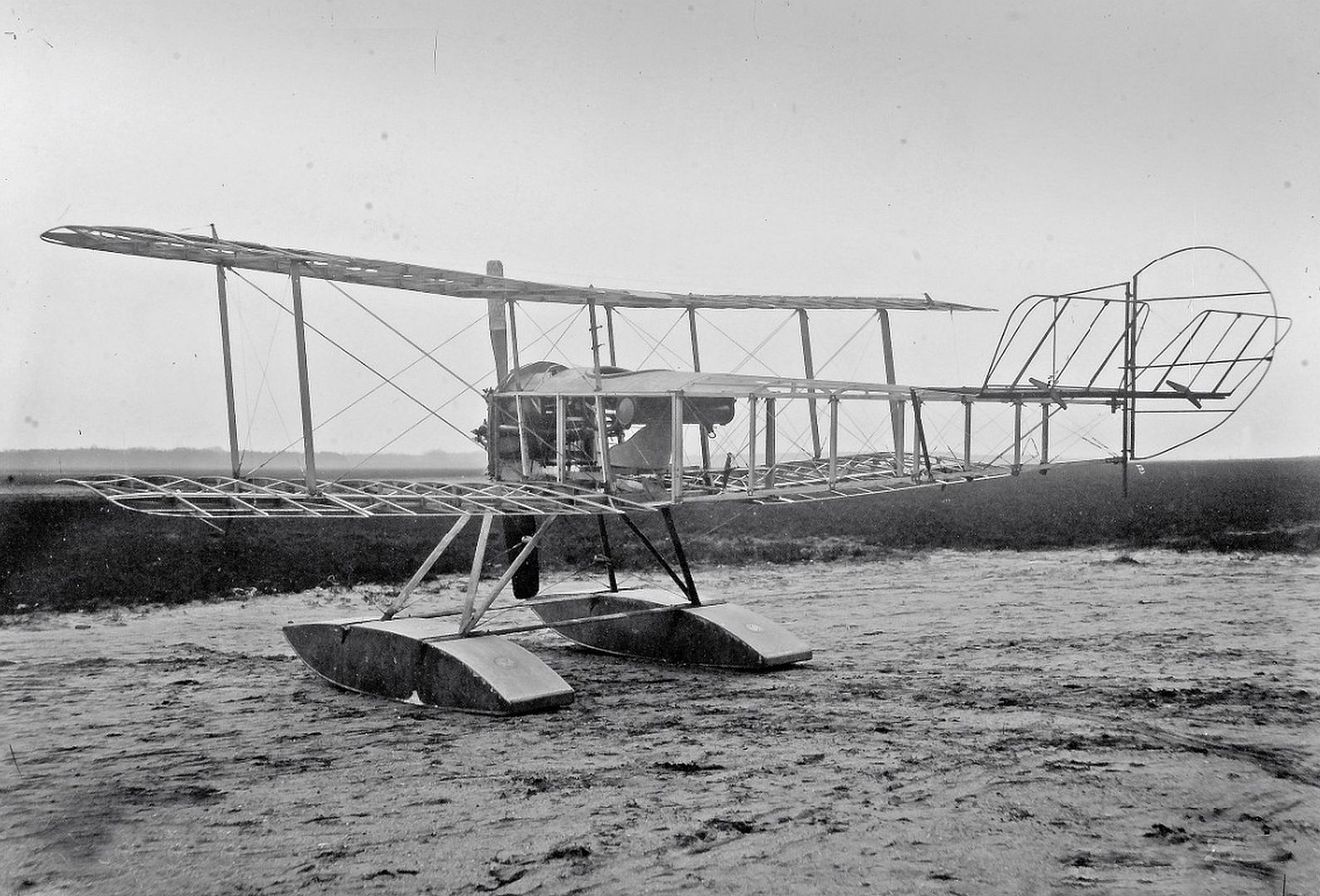

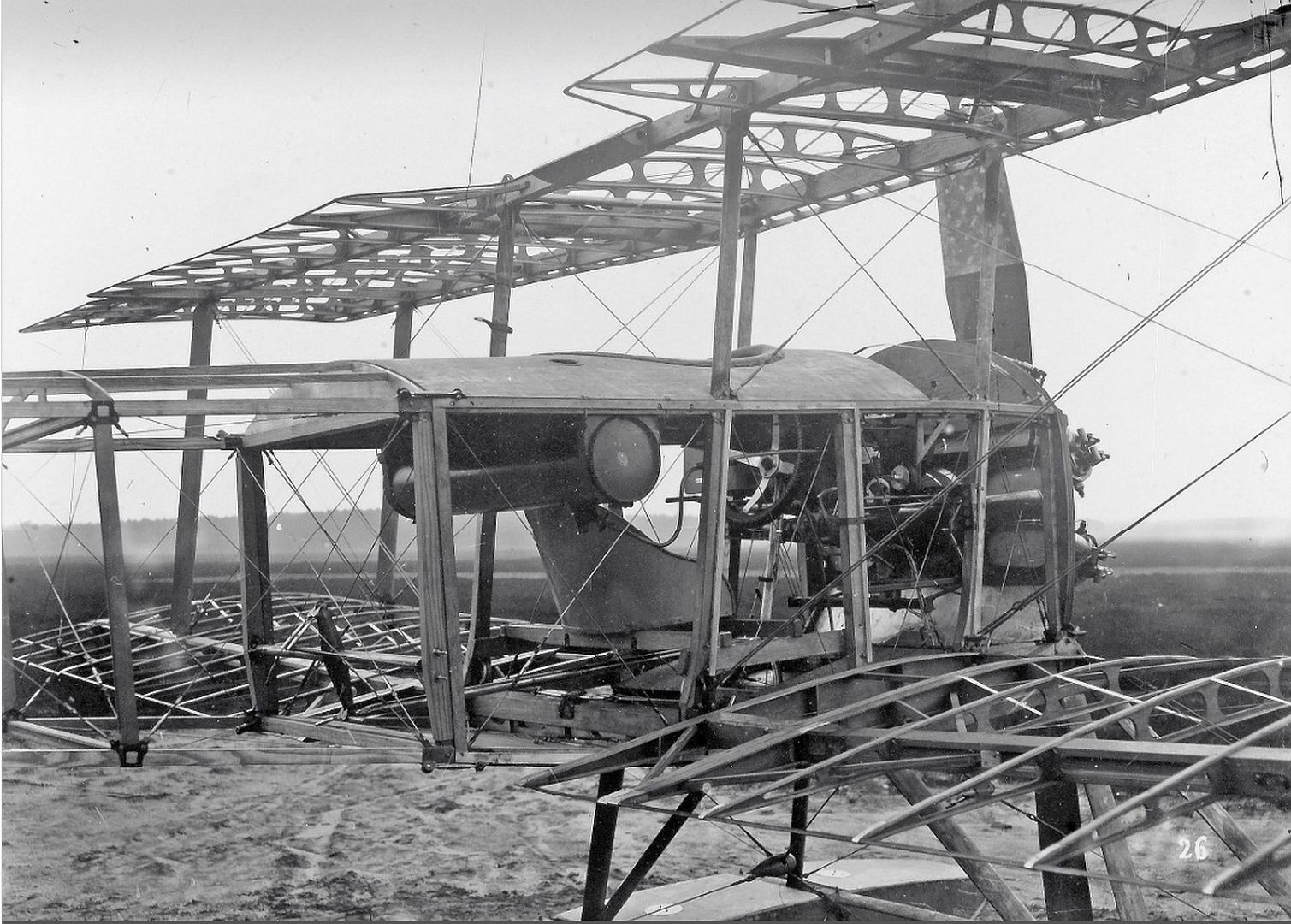
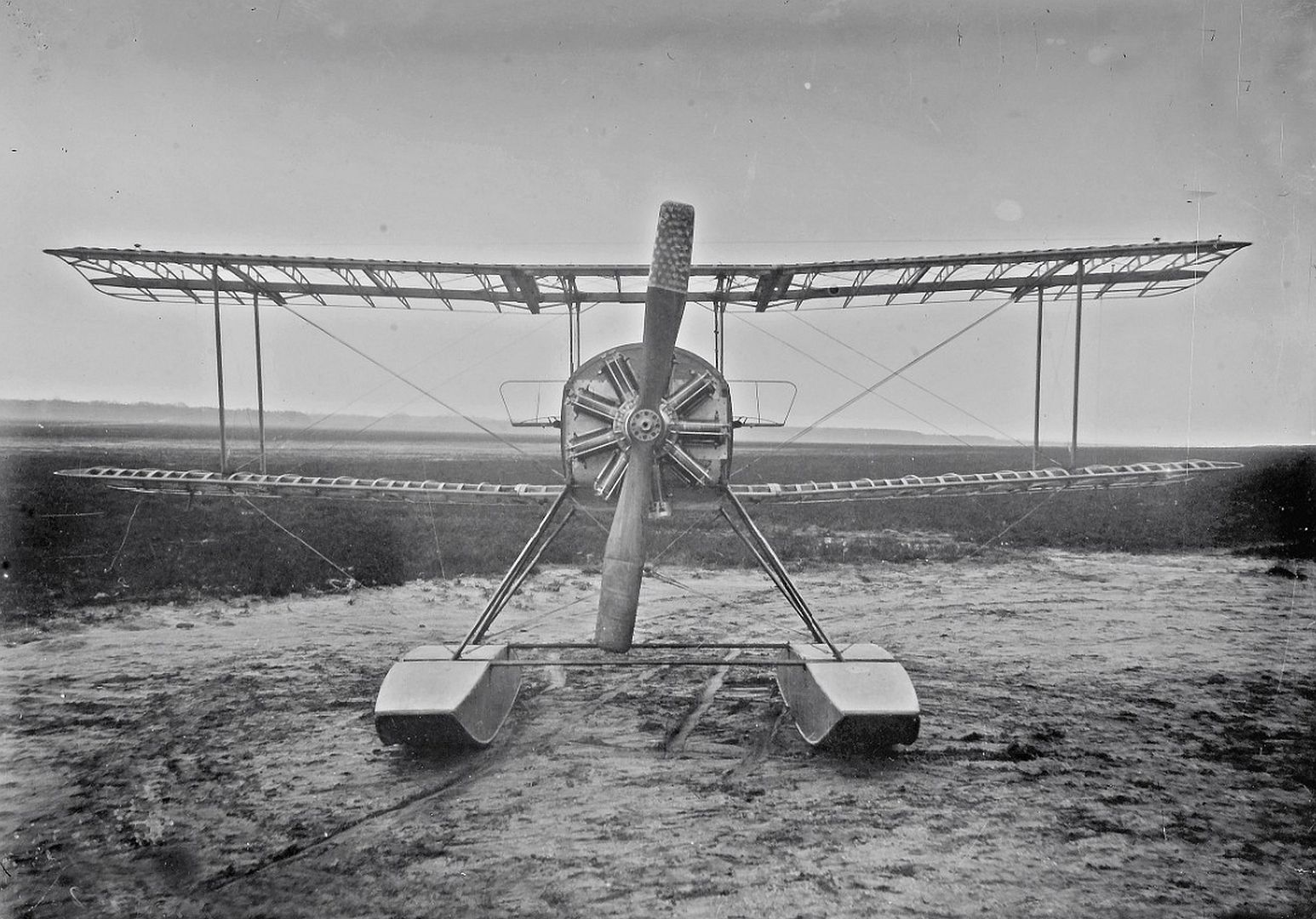
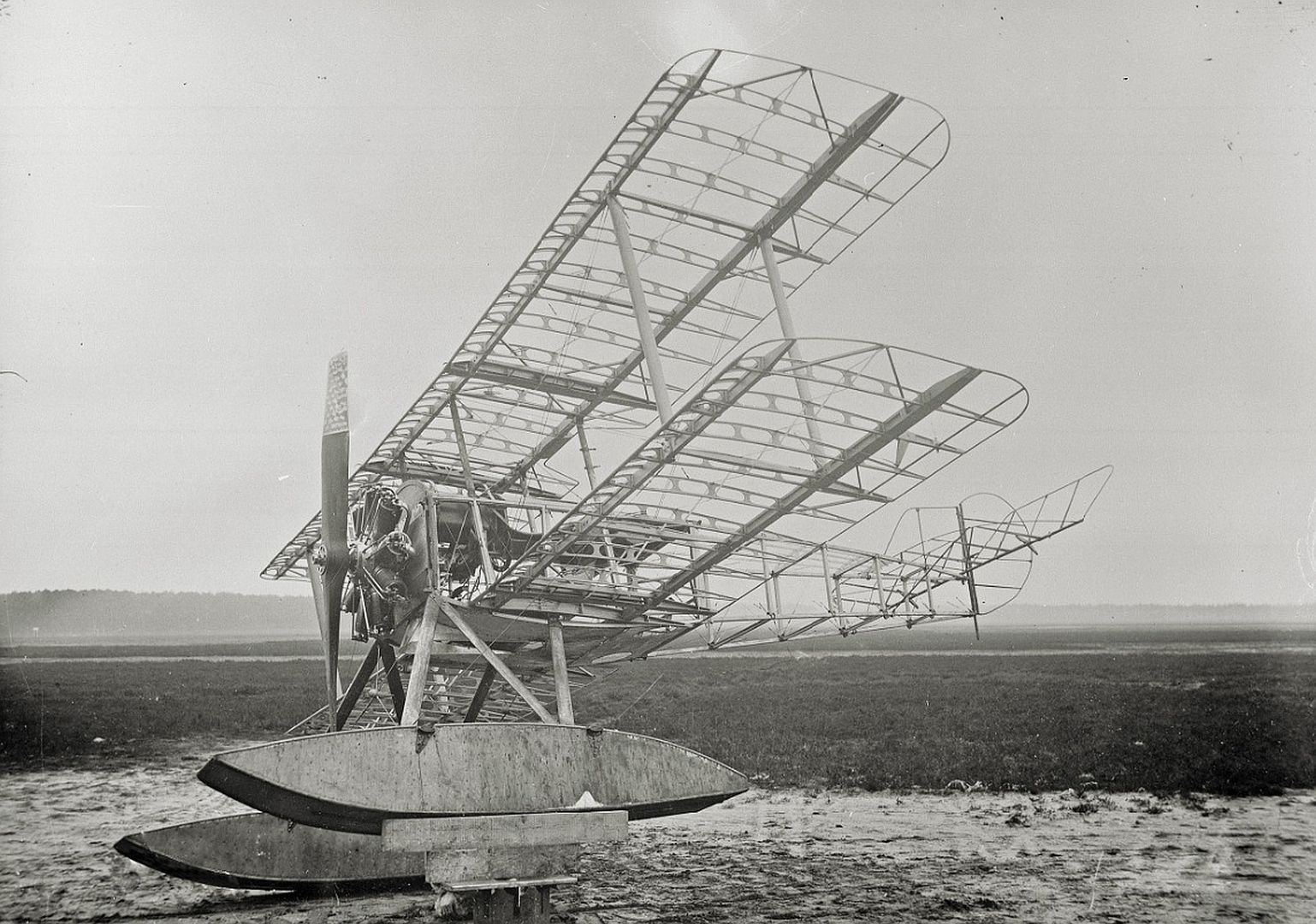
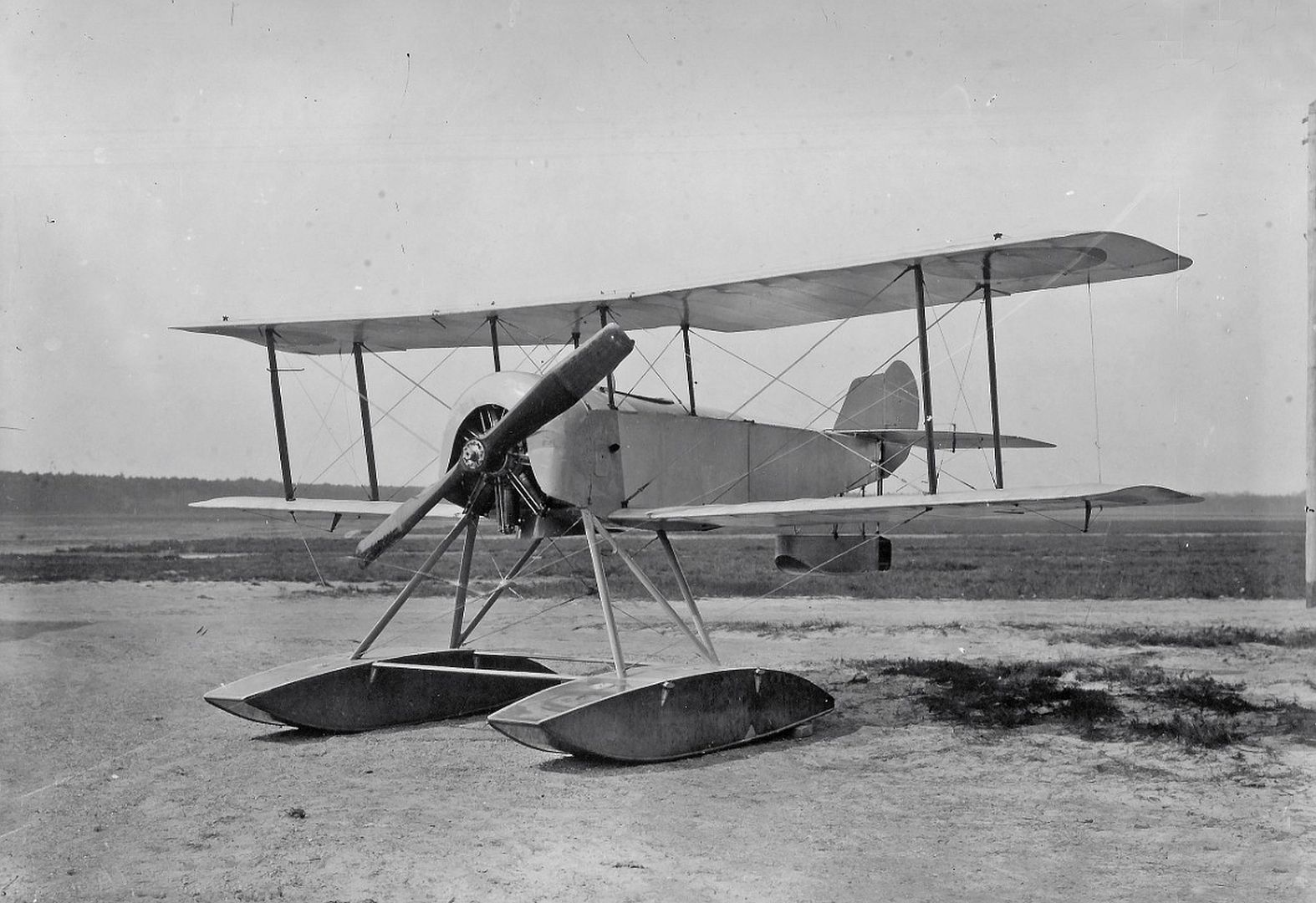
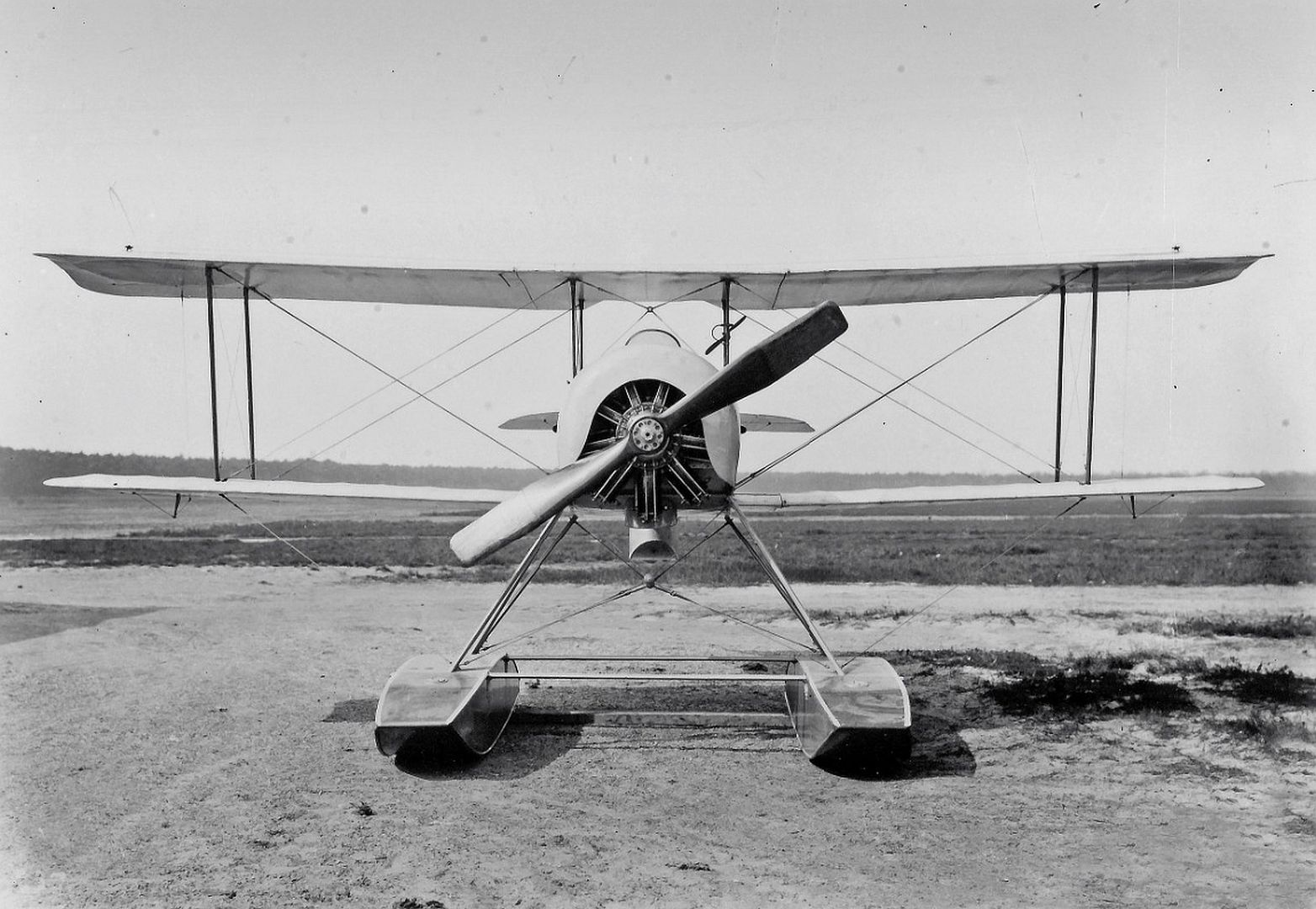

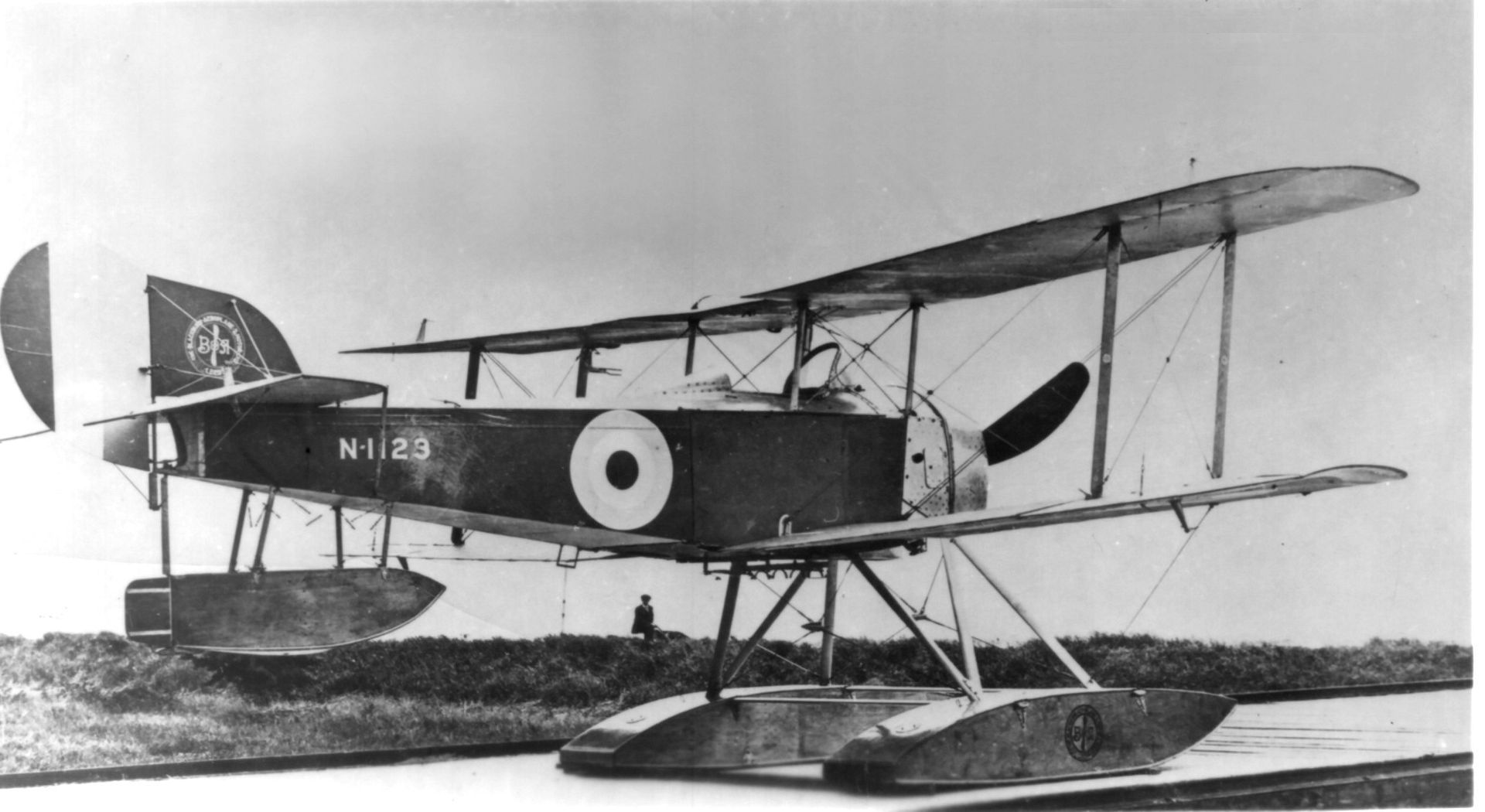
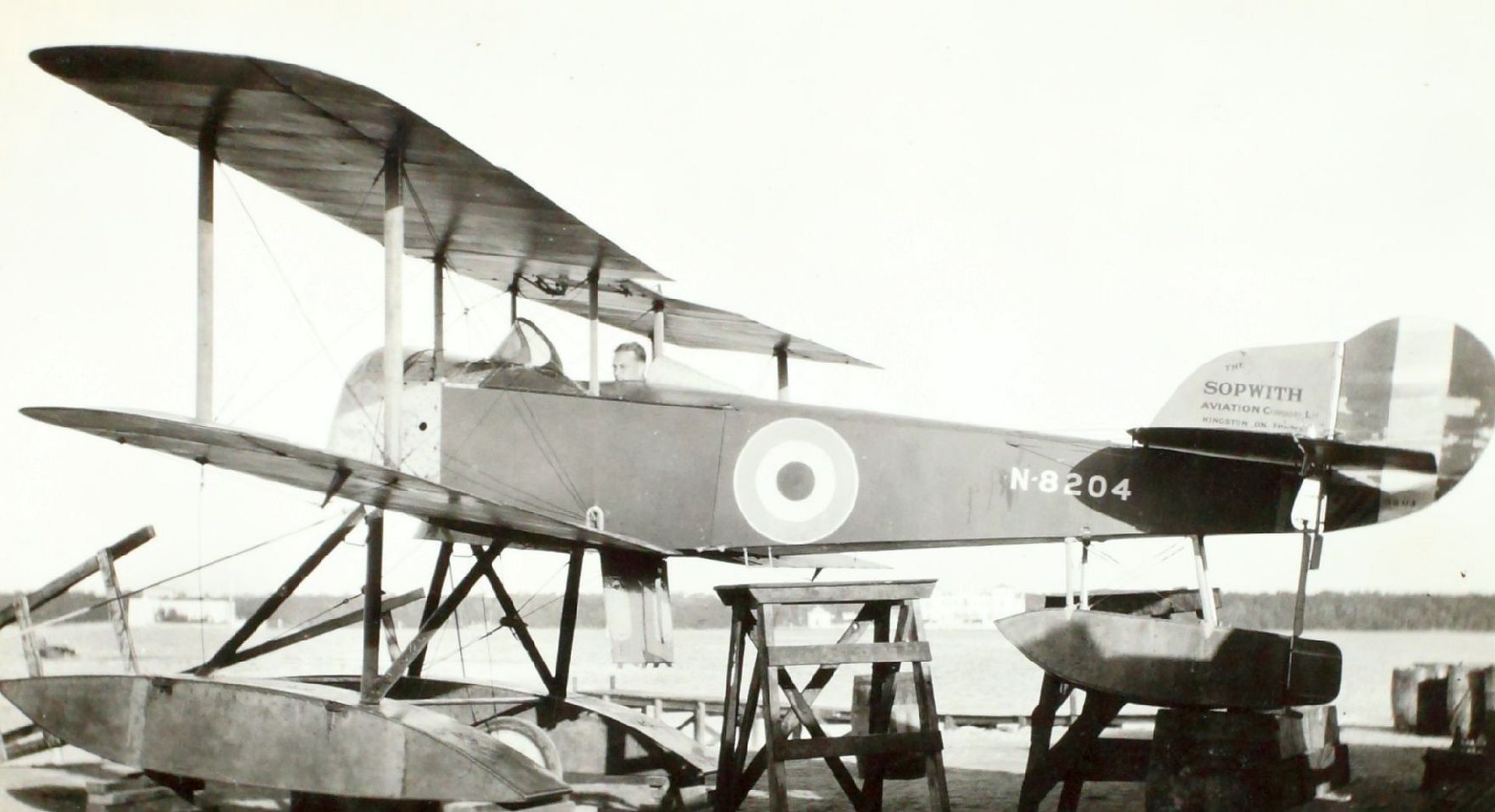
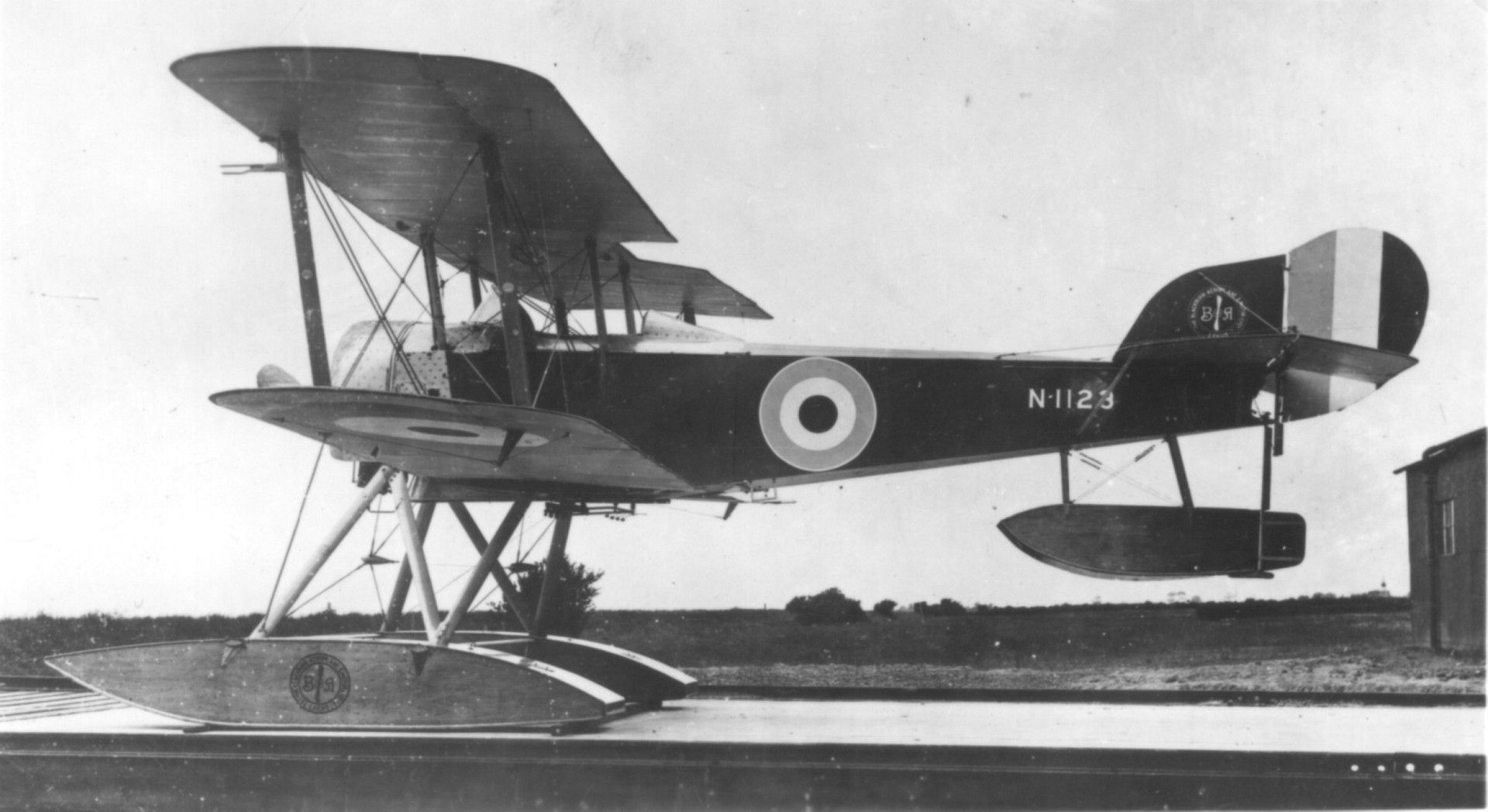

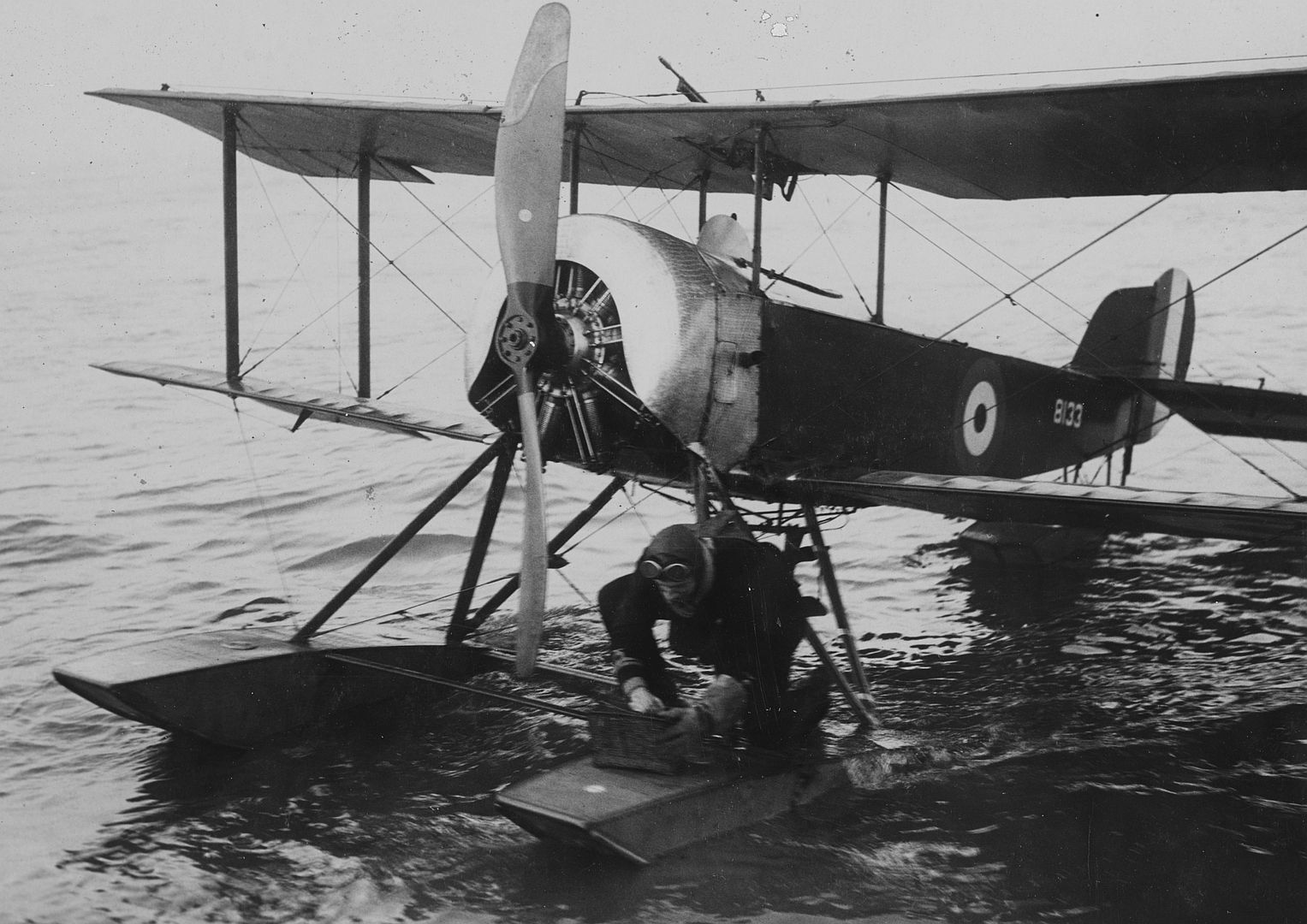

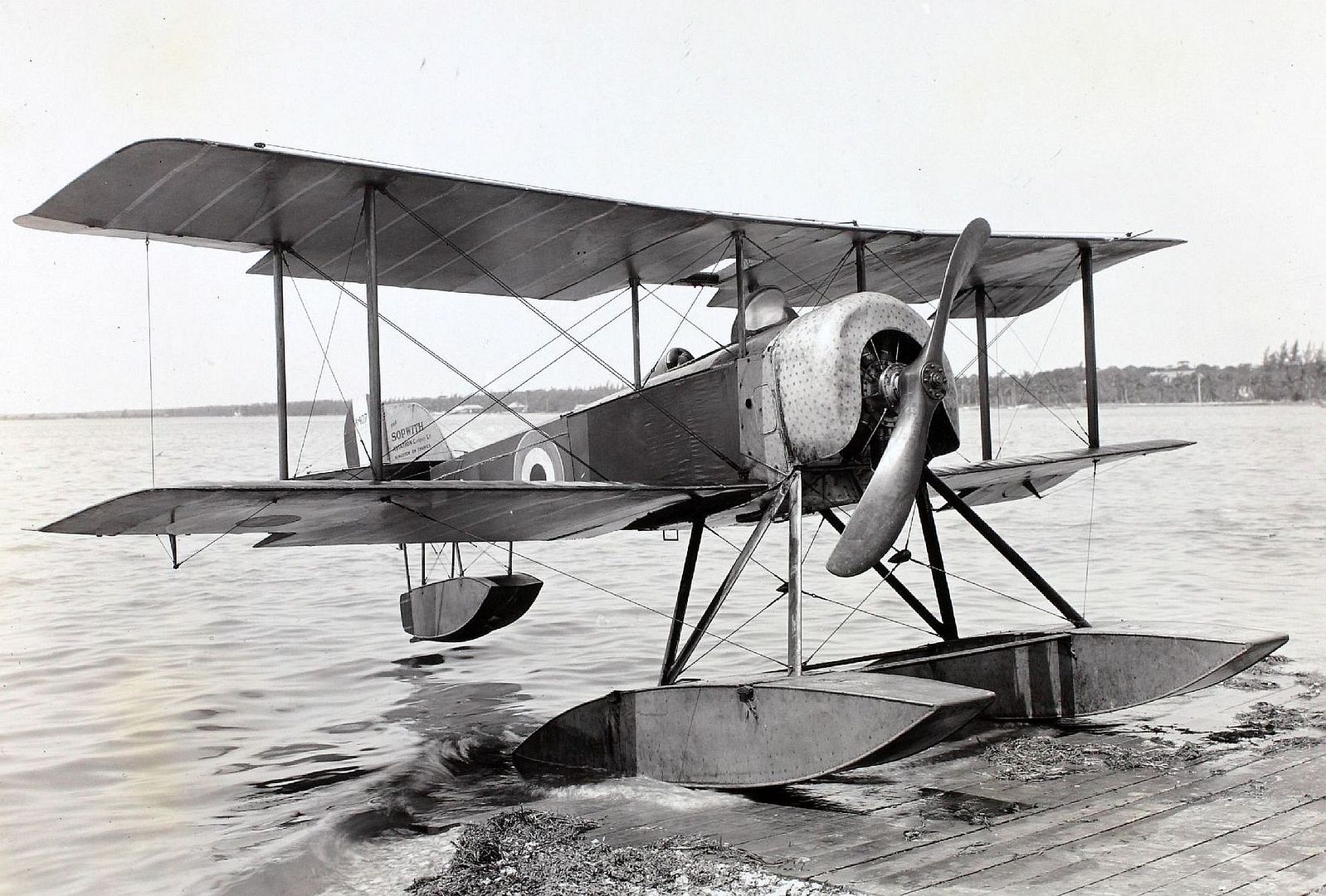
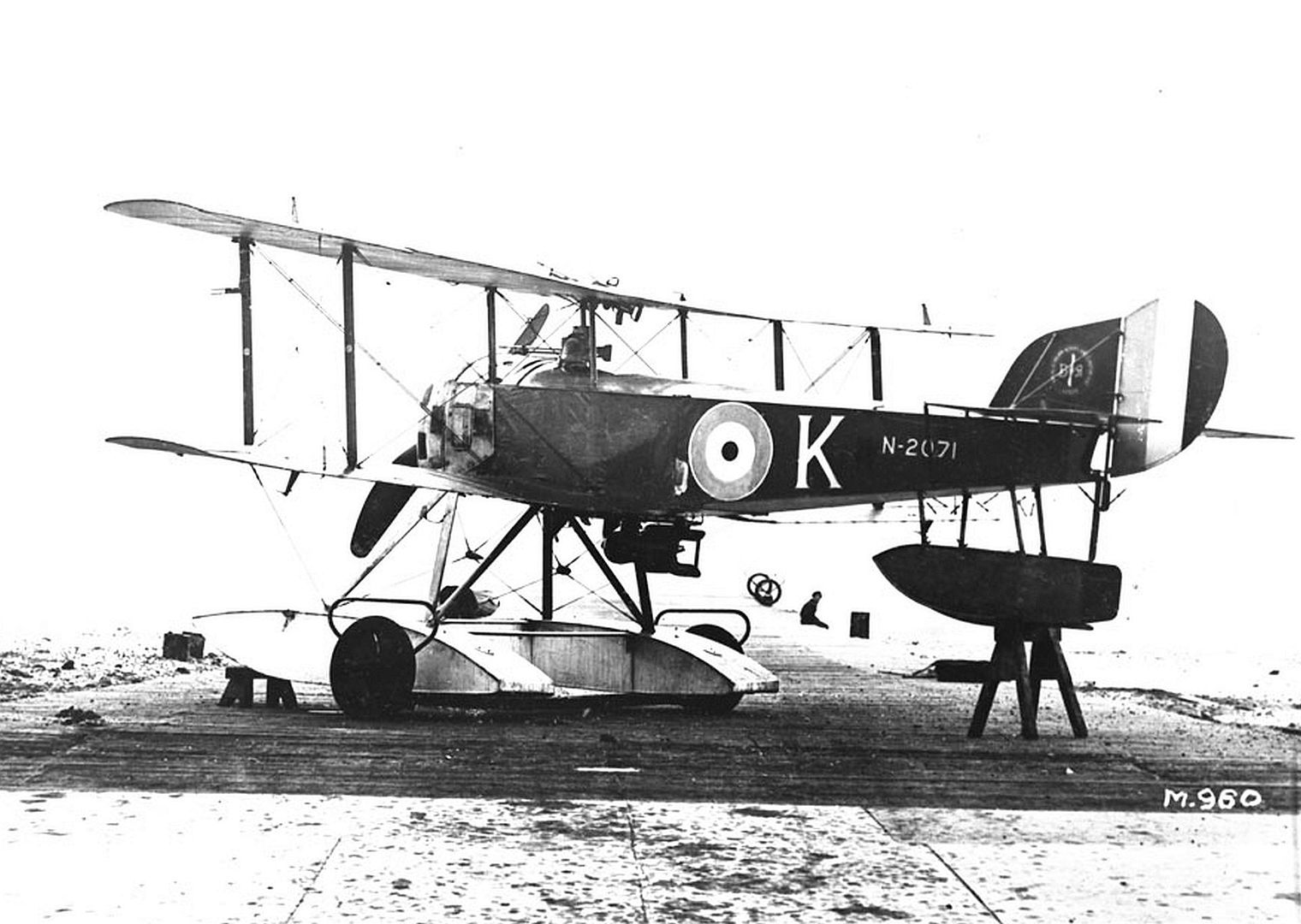

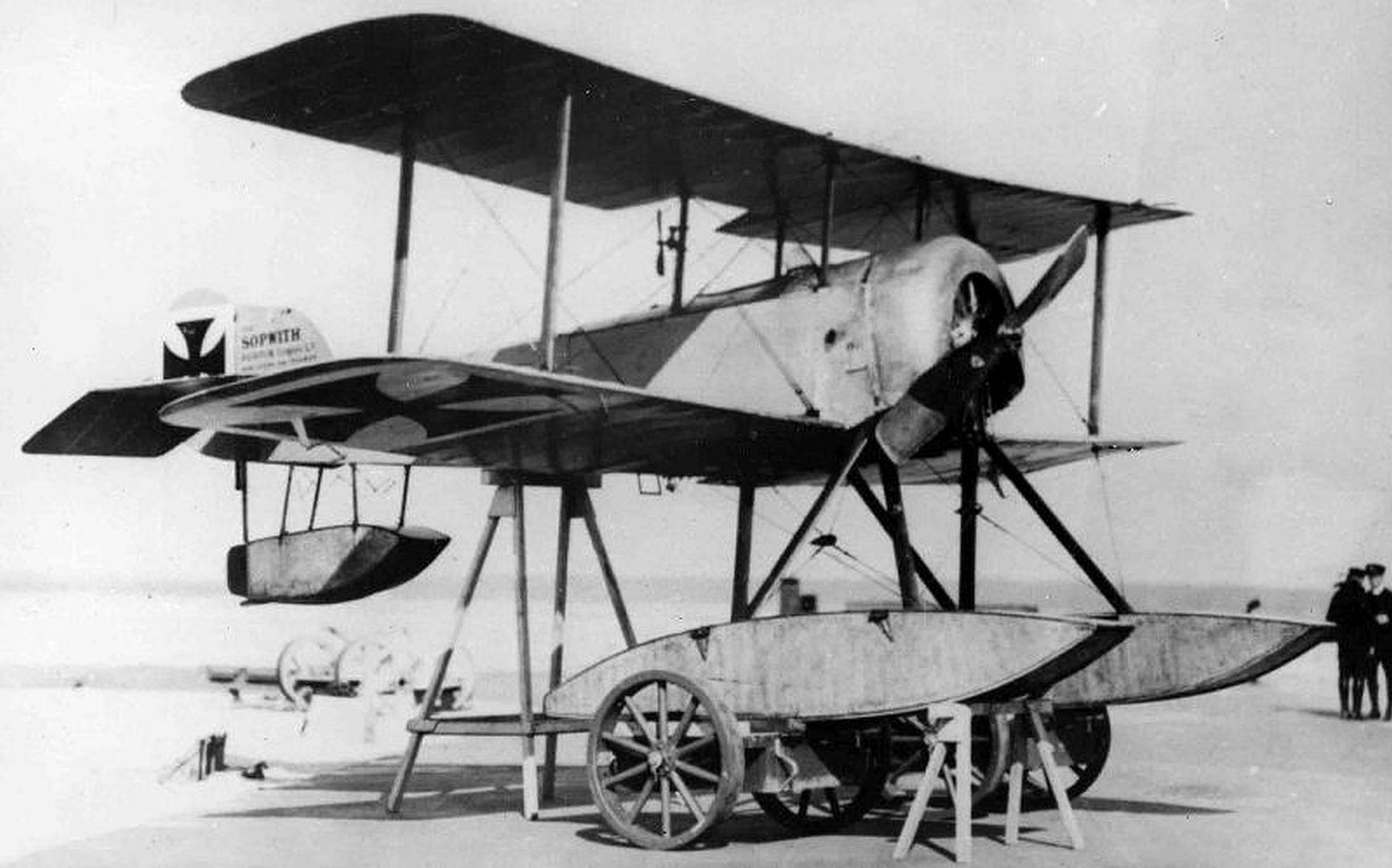

Specifications
General characteristics
Crew: 1
Length: 23 ft 0 in (7.01 m)
Wingspan: 25 ft 8 in (7.82 m)
Height: 10 ft 0 in (3.05 m)
Wing area: 240 sq ft (22 m2)
Empty weight: 1,226 lb (556 kg)
Gross weight: 1,715 lb (778 kg)
Powerplant: 1 × Clerget 9Z 9-cylinder air-cooled rotary piston engine, 110 hp (82 kW)
Propellers: 2-bladed fixed-pitch propeller
Performance
Maximum speed: 100 mph (160 km/h, 87 kn) at sea level
Endurance: 2 hours 15 minutes
Service ceiling: 10,000 ft (3,000 m)
Rate of climb: 285 ft/min (1.45 m/s)
Armament
Guns: 1 × .303 in (7.7 mm) Lewis gun
Bombs: 2 × 65 lb (29 kg) bombs
10 x Le Prieur rockets
(Text from Wikki)
Post a reply
- Go to Previous topic
- Go to Next topic
- Go to Welcome
- Go to Introduce Yourself
- Go to General Discussion
- Go to Screenshots, Images and Videos
- Go to Off topic
- Go to Works in Progress
- Go to Skinning Tips / Tutorials
- Go to Skin Requests
- Go to IJAAF Library
- Go to Luftwaffe Library
- Go to RAF Library
- Go to USAAF / USN Library
- Go to Misc Library
- Go to The Ops Room
- Go to Made in Germany
- Go to Campaigns and Missions
- Go to Works in Progress
- Go to Juri's Air-Raid Shelter
- Go to Campaigns and Missions
- Go to Works in Progress
- Go to Skinpacks
- Go to External Projects Discussion
- Go to Books & Resources
